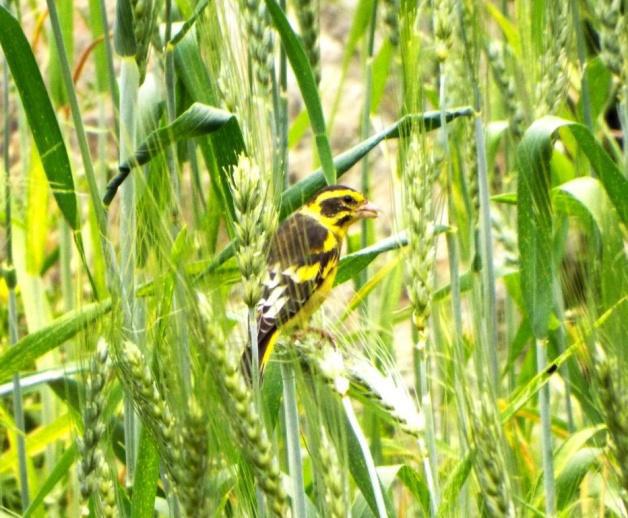Virat Jolli
Other projects
14 Apr 2011
Impacts of Hydro-Electric Development Projects on Critical Habitats for Montane Birds
This project aims to involve local communities in the conservation of avian habitats through an education awareness programme. We will provide training to local school children in biodiversity monitoring techniques.

Asian Paradise Flycatcher.
In my first RSG project, I found that the construction of a hydro-electric project (HEP) in the Sainj Valley has negatively affected critical habitat for montane bird communities. The montane birds are sensitive bird species and avoid HEP disturbed habitats. These habitats can be restored but only if local communities are willing to participate. However, there is lack of knowledge among local people regarding the rich biodiversity of this region, especially avian-fauna. Therefore there is a need to inform local people of the importance of biodiversity in this region.

Yellow Breasted Green Finch.
I, along with my team, will conduct a community awareness programme in local schools and village panchayats (local self government) during a 12 month study period (2013-2014). This project will develop community-based monitoring through providing training, technical support and materials to teenage learners at local high schools in the Sainj Valley. In the project, five schools will be included, and 20 learners (to be “team leaders”) will be provided with detailed training in biodiversity monitoring techniques, such as transects, point count, call counts and quadrat sampling techniques. As the region has the exception of having six species of Galliformes, a special emphasis will be given to monitoring these iconic birds. We will train the students during the spring as this coincides with breeding season and thus is well suited for bird surveys. In addition to training and providing technical support, we will develop and distribute themed environmental education and awareness materials.
The skills and knowledge which we aim to provide will instil the concept of conservation in future generation. The study will further help develop future guidelines for the conservation of Western Himalayan birds and importantly, highlight the strengths and weaknesses of Himalayan environmental policies, their implementation and their outcomes.